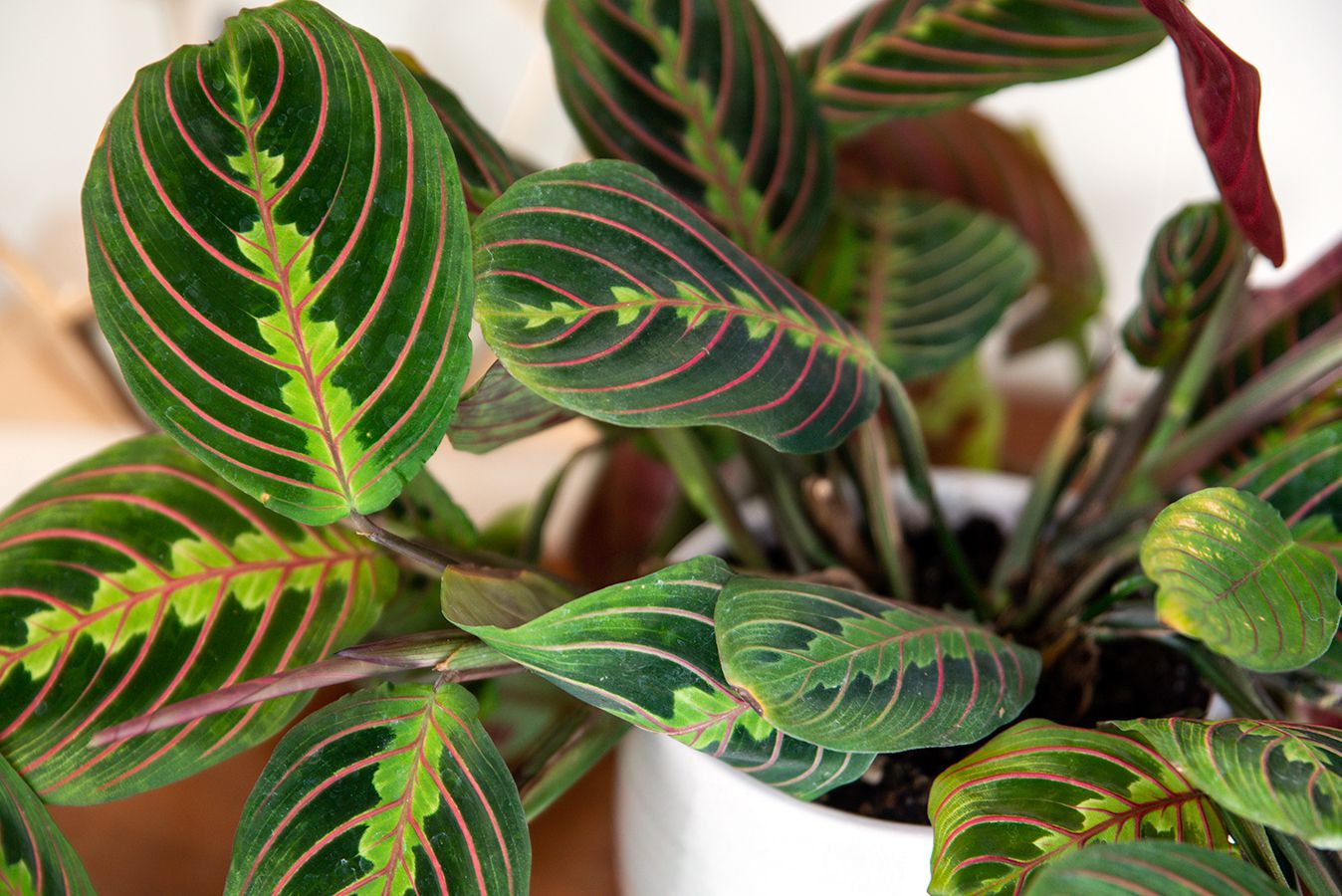Prayer plant pot size is a crucial factor that can significantly impact the health and well-being of your beloved plant. In this comprehensive guide, we’ll delve into the ideal pot size for prayer plants, exploring the consequences of using pots that are too large or too small. We’ll also provide a table with recommended pot sizes for different prayer plant varieties, helping you make an informed decision for your specific plant.
Selecting the right pot material is equally important. We’ll compare the advantages and disadvantages of various materials, such as terracotta, plastic, and ceramic. We’ll explain how each material affects drainage and moisture retention, guiding you in choosing the best pot for your prayer plant’s needs.
Prayer Plant Pot Size Considerations

The appropriate pot size for a prayer plant is crucial for its growth and health. Understanding the plant’s root system and maturity level will guide you in selecting the ideal pot.
Prayer plants have a relatively small root system, making them suitable for containers that are not excessively large. Choosing a pot that is too large can lead to overwatering and root rot, as the soil may remain wet for extended periods.
Recommended Pot Sizes
The following table provides recommended pot sizes for different varieties of prayer plants:
| Prayer Plant Variety | Pot Size (Diameter) |
|---|---|
| Maranta leuconeura | 4-6 inches |
| Calathea orbifolia | 6-8 inches |
| Stromanthe sanguinea | 8-10 inches |
| Ctenanthe setosa | 10-12 inches |
It’s essential to consider the plant’s maturity when selecting a pot size. As the prayer plant grows, it will require a larger pot to accommodate its expanding root system. Repotting should be done every 2-3 years or when the plant becomes rootbound.
Using a pot that is too small can restrict the plant’s growth and lead to nutrient deficiencies. Conversely, a pot that is too large can create an environment conducive to overwatering and root problems.
Selecting the Right Pot Material

The choice of pot material for prayer plants has a significant impact on their health and growth. Different materials offer unique advantages and disadvantages, affecting drainage, moisture retention, and overall plant well-being.
Terracotta
Terracotta is a porous clay material that allows for excellent drainage. Its unglazed surface allows excess moisture to evaporate, preventing root rot and promoting healthy root development. However, terracotta is also prone to drying out quickly, requiring more frequent watering.
Plastic
Plastic pots are lightweight, durable, and inexpensive. They are non-porous, which helps retain moisture and reduces the need for frequent watering. However, plastic pots can also restrict drainage, leading to waterlogging and root problems if not properly managed.
Ceramic
Ceramic pots come in various styles and colors, offering decorative appeal. They are often glazed, making them less porous than terracotta. Glazed ceramic pots retain moisture well, reducing the need for frequent watering. However, unglazed ceramic pots can provide similar drainage benefits to terracotta.
Repotting Prayer Plants
Prayer plants, known for their vibrant foliage and unique sleep patterns, require proper repotting to maintain their health and growth. Repotting provides fresh potting mix, prevents overcrowding, and allows for root development. The ideal time to repot is during spring or early summer when the plant is actively growing.
Frequency of repotting depends on the plant’s growth rate and pot size. Generally, repot every 1-2 years or when the roots start to grow out of the drainage holes.
Choosing the Right Potting Mix
Prayer plants prefer a well-draining, aerated potting mix. A good mix should contain a combination of peat moss, perlite, and vermiculite. You can also add a small amount of organic matter, such as compost or bark, to improve fertility.
Preparing the New Pot
Choose a pot that is slightly larger than the current one, with drainage holes at the bottom. Place a layer of gravel or broken pottery at the bottom of the pot to improve drainage.
Repotting Steps, Prayer plant pot size
Gently remove the prayer plant from its old pot. Loosen the root ball by gently massaging it. Remove any dead or damaged roots.
Place the plant in the new pot and fill in the remaining space with the potting mix. Firm the soil gently around the base of the plant.
Water the plant thoroughly and place it in a bright, indirect light location.